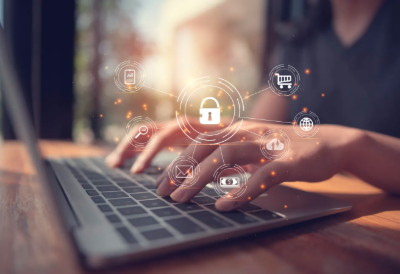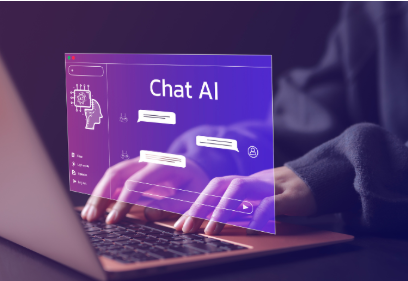As education becomes increasingly digital, the role of cybersecurity in EdTech is more important than ever. From learning management systems to virtual classrooms and cloud-based storage, modern educational platforms handle vast amounts of sensitive information. Ensuring that these tools remain secure is essential to maintaining trust, protecting students, and enabling safe digital learning environments.
Why Cybersecurity Matters in Education Technology
Educational institutions manage more than just lesson plans and homework. They also store student records, assessment data, and even financial and health-related details. If this data is not adequately protected, it can become a target for unauthorized access. Cybersecurity safeguards help prevent breaches that could lead to data misuse, service disruption, or reputational damage.
With students spending more time online, both in and out of the classroom, their exposure to digital risks also grows. Cybersecurity measures help reduce these risks by keeping personal information private and online activities protected.
Common Cyber Threats in EdTech Platforms
Some of the most frequent challenges in the EdTech sector include:
Phishing scams that target staff or students with deceptive emails
Unauthorized access through weak or shared passwords
Malware embedded in third-party apps or downloads
Data leaks caused by improper configuration of cloud services
These threats highlight the need for stronger digital hygiene and better security protocols within educational tools and platforms.
Best Practices for Securing Educational Technology
To build safer digital classrooms, schools and EdTech providers can follow these recommended practices:
Strong Authentication Protocols: Implementing two-factor authentication (2FA) helps add an extra layer of protection to user accounts.
Regular Software Updates: Keeping applications and systems updated ensures that known vulnerabilities are patched quickly.
Encryption of Data: Both stored data and transmitted information should be encrypted to prevent interception.
User Training: Educators, students, and parents should receive basic cybersecurity awareness training to identify and avoid common threats.
Privacy-Focused Design: Platforms should be developed with privacy in mind, limiting access to only necessary information and ensuring transparency in how data is used.
The Role of Schools and Developers
Educational leaders have a shared responsibility with EdTech developers to maintain secure learning environments. Schools should choose digital tools that comply with recognized privacy and security standards. Meanwhile, developers must prioritize security during every stage of the design and implementation process.
A Safer Future for Digital Learning
Cybersecurity in EdTech is not just a technical requirement—it’s a foundational part of responsible digital education. As the digital classroom continues to evolve, the security of students and their data must remain a top priority. With the right tools and practices, schools can create secure, engaging, and effective digital learning experiences for everyone involved.














